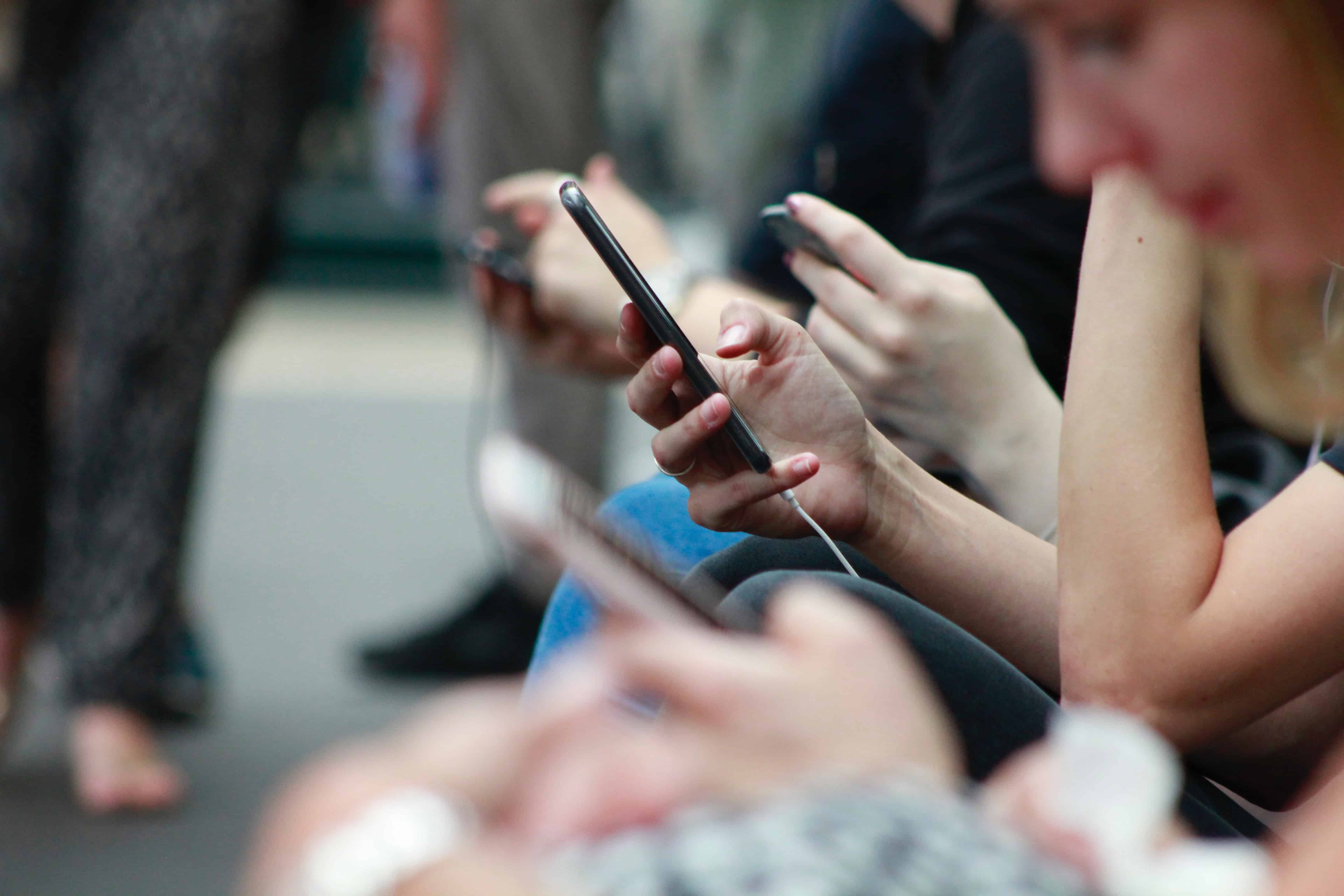Over the past decade or so, many of us have developed a habit that distracts us from our priorities, takes us away from our loved ones, and negatively impacts our health: spending lots of time on electronic devices. Whether it’s phones, computers, or TVs, the light emitted by these devices and the activities we often use them for aren’t doing much to help us live the healthy, happy, fulfilled lives we want.
Understanding Screen Time and Blue Light Effects
You don’t need a physics degree to understand the effects of blue light. Just know that blue light is part of the light spectrum (remember ROY G. BIV?) and is emitted by devices with backlit screens, including smartphones, computers, and TVs. Looking at any of these devices exposes you to blue light, and that’s one of the reasons too much screen time is problematic.
Blue light has recently gained attention for its detrimental effects on sleep. It suppresses the production of melatonin, which makes it harder to fall asleep and causes less rest. The result? Greater difficulty getting up in the morning and more sleepiness the next day. Excessive blue light has also been associated with an increased risk for certain cancers, faster eyesight degeneration, and premature skin aging.

Limiting Screen Time – Not Just For Kids
The exposure to blue light isn’t the only reason too much screen time is a problem, though. Much of the research on other effects focuses on children, and the results are clear: excessive use of devices results in delayed cognitive development. But even adults who spend a lot of time on their devices are more likely to feel isolated, experience anxiety and depression, and lead a sedentary lifestyle.
Devices also seem to suck up our time, before we even realize it’s happening. How often have you picked up your phone to quickly check something, and suddenly realized an hour had passed? How much shorter does an hour-long TV show feel than an hour-long workout? More time in front of devices makes it feel like there’s less time in the day – and time is something we all want more of.
Tips for Minimizing Your Screen Time
The best way to avoid the harms of screen time is to limit how much time you spend on electronic devices. But because we rely on them for so many things, and because it’s so easy for time to slip away, that’s easier said than done.
A great first step is to work on avoiding screens late at night and early in the morning. Set an alarm for an hour before bedtime, reminding you to put your devices away for the evening. Just doing that will help reduce the effects of blue light on your sleep patterns.
If you normally keep any devices in your bedroom overnight, start storing them in another room (even if it means you need to go out and buy an old-school alarm clock!) – this will eliminate any bleary-eyed scrolling between snooze alarms, which is never a good way to start the day. Better yet, commit to avoiding screens for the first half hour of your morning.
![]()
Uninstalling unnecessary apps is another easy way to limit your use of devices. Without as many things to do on them, you’ll have fewer reasons to pick them up. Similarly, turning off most notifications will lead to less screen time throughout the day. Plus, you’ll benefit from having fewer interruptions when you’re trying to work, spend time with loved ones, or relax.
But one of the most impactful ways to limit your screen time is to become more mindful of it. Get in the habit of actually noticing when you pick up a device. Question why you’re turning it on and how you’ll use it. Ask yourself if there’s something else you could be doing instead, something that would make you happier. Building this habit will take practice, but it’ll ultimately make you more aware of how you’re using your devices – and your time.
Limiting the Harms of Devices
Of course, some amount of screen time is inevitable in modern society, and electronic devices certainly have beneficial uses, from helping us learn new things to connecting us with loved ones. But even while you’re using phones, computers, or other devices, you can take steps to limit the damage caused by screen time and by blue light in particular.
Start by turning down the brightness on your screens. This is especially important in the evening when it most impacts sleep quality. However, too-bright screens can cause eyestrain any time of day. There are also various tools that filter out blue light, including computer settings, phone covers, and those funky blue-light-blocking glasses.
You might also have heard of the 20-20-20 Rule. When using a device, make a point to look away for 20 seconds every 20 minutes, and focus on something 20 feet away. Even if you’re stuck at a computer all day, following this rule will help reduce eyestrain and headaches.
Feeling skeptical about all this? Try it for yourself! Put some of these tips into practice just for a couple of days, and see what happens.
Want more health hacks and wellness insights? We got you covered. You'll also receive a code for 15% off your first order!

